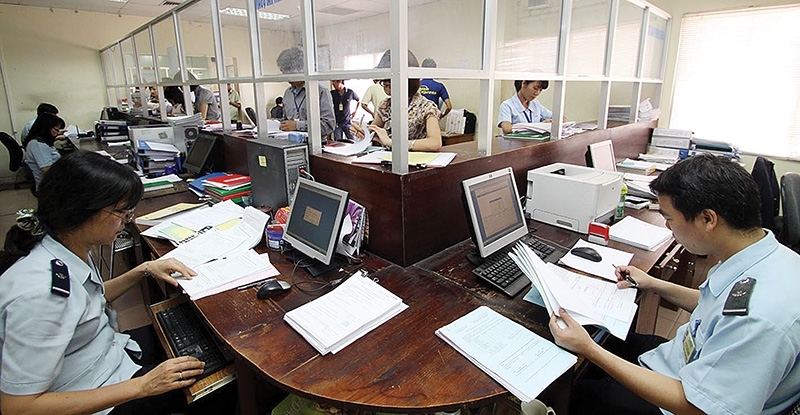Vietnam's e-government initiatives showing worth
ABO/VNA - Vietnam’s efforts to develop a pro-business e-government have earned applause from the international community, especially amid a surge in the pandemic hurting economic growth.
Under the UN Department of Economic and Social Affairs’ newly-launched hallmark E-government Survey 2020, Vietnam has climbed two places to rank 86th out of 193 countries. With this ranking, the country has maintained its record of consecutive increases since 2014, climbing from 99 in the process.
Getting 0.6667 points in the survey’s E-Government Development Index (EGDI), Vietnam is among the e-government developing countries with a high index, higher than the global EGDI average of 0.5988 points, the Asian average of 0.6373 points, and the Southeast Asian average of 0.6321 points.
In Southeast Asia, Vietnam has successfully maintained the same position as 2018, ranking sixth among 11 countries, behind Singapore, Malaysia, Thailand, Brunei, and the Philippines.
 |
| Vietnam’s e-government initiatives showing worth. |
“The tax authority in Vietnam has implemented e-filing, e-payment, and e-customs initiatives that have helped to improve tax collection and management and have lowered taxpayers’ compliance costs,” the survey report cited.
Two months ago, Prime Minister Nguyen Xuan Phuc issued Directive No.22/CT-TTg on measures to boost implementation of a plan on developing non-cash payment in Vietnam.
Under the directive, after nearly four years since the implementation of a national plan on cashless payment development in the 2016-2020 period, the ratio of cash to total means of payment as of December 31, 2019 remained at 11.3 per cent.
PM Phuc requested the State Bank of Vietnam (SBV) to soon finalise the legal framework for cashless and e-payment in tandem with new payment methods.
The SBV is also tasked with developing the Automated Clearing House, an e-payment method that pulls funds directly from the user’s checking account, and puts the system into use by mid-December; and co-operating with other relevant agencies in drafting new payment methods.
Ousmane Dione, former country director of the World Bank in Vietnam, also commended the government’s efforts to build up an effective e-government, especially in the current context of COVID-19. “This will help facilitate enterprises’ performance and make all transactions quite transparent.”
He said many of Vietnam’s rapid and effective public health responses have been enabled by IT, and the country has put its high penetration of mobile phones (150 per cent) and the internet (70 per cent) to great use. Moreover, alert notifications and reminders from authorities to take precautionary solutions are regularly conducted through text messages, websites, and social media. There are also mobile applications for universal medical declaration and to keep tabs on the pandemic development. “One of the biggest successes Vietnam has brilliantly developed is its National eService Portal,” Dione said.
A few weeks ago, the Government Office launched another six public services on the portal in services of people and enterprises, increasing the number of such services offered to 725.
These new online services are about notarisation, voluntary social insurance, extension of medical insurance cards for households, granting new driving licences, changing driving licences, and payment of fines for traffic violations.
These services are estimated to help the state to save about VND1.69 trillion ($73.47 million) per year.
As of June 28, more than 178,000 accounts were registered at the portal, which was also accessed by over 46.3 million visitors. The portal also offered more than 10.5 million dossiers for search.
Over 151,000 dossiers have been processed via the portal, including 889 from enterprises asking for support in seeking loans to pay salaries for employees.
Last year, the Vietnamese government also launched an electronic system used for the government’s cabinet meetings and work settlement.
The e-Cabinet is helping the government reduce 30 per cent of meeting times as compared to the previous meetings by late 2019, when the e-Cabinet will also see a paperless government, with 100 per cent of electronic documents used during its meetings.
(Source: VNA)
 về đầu trang
về đầu trang







